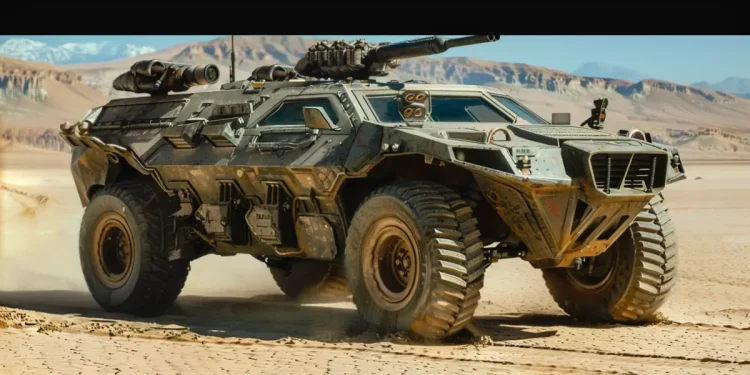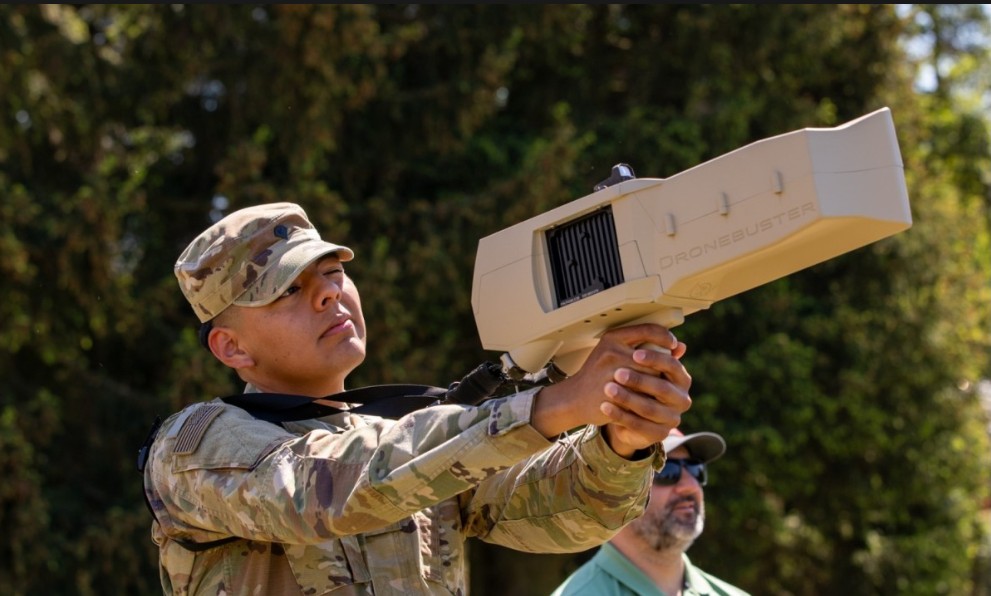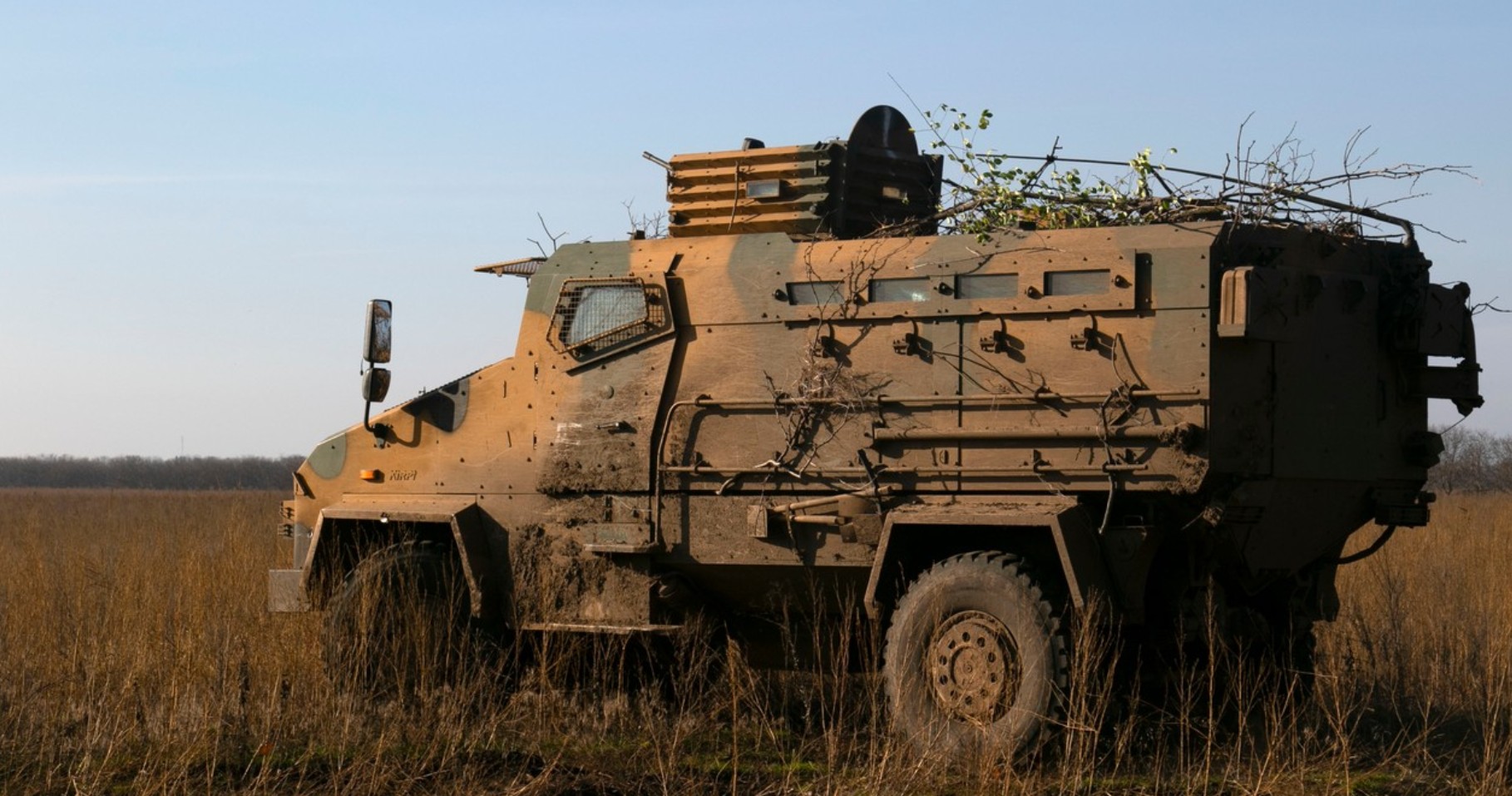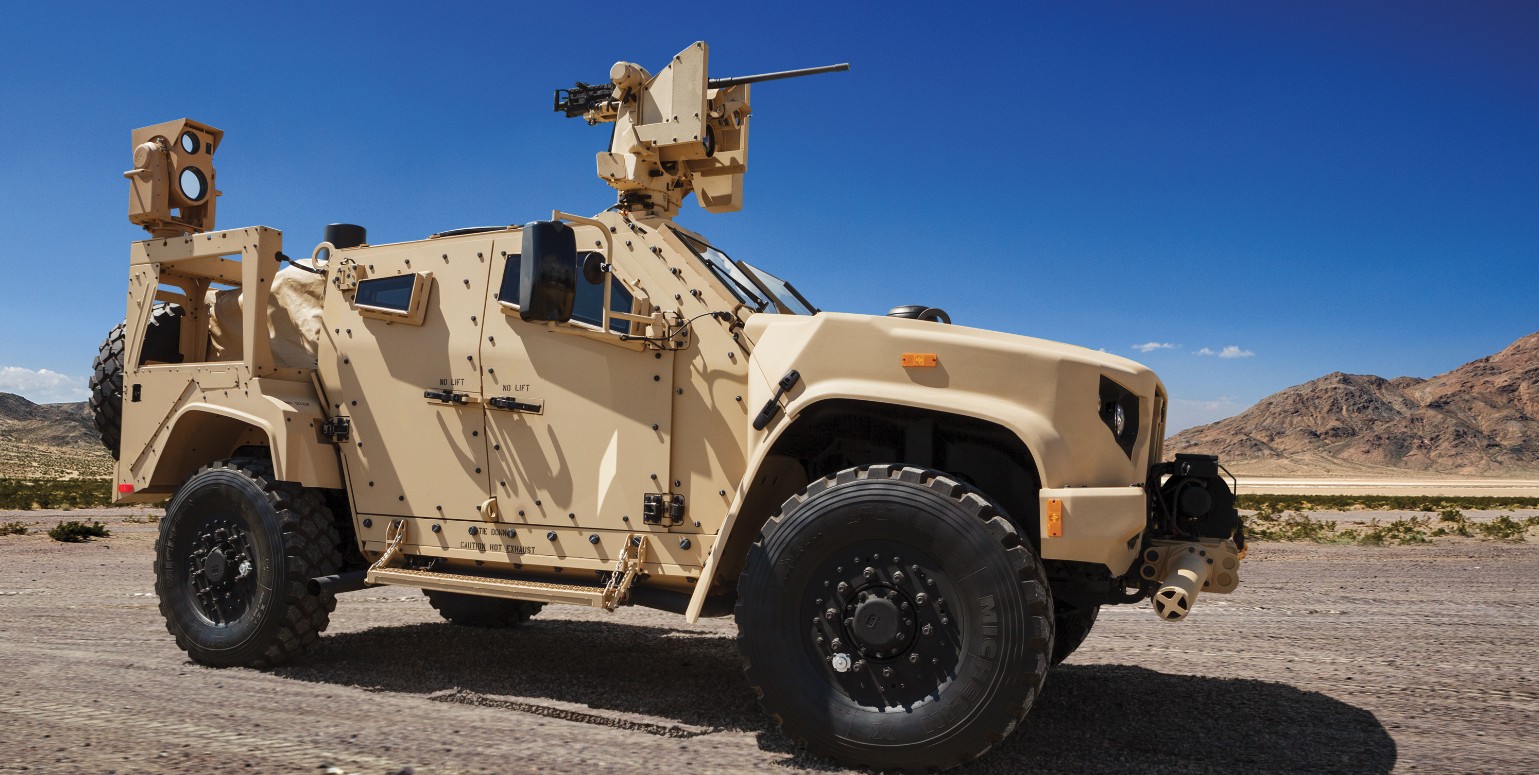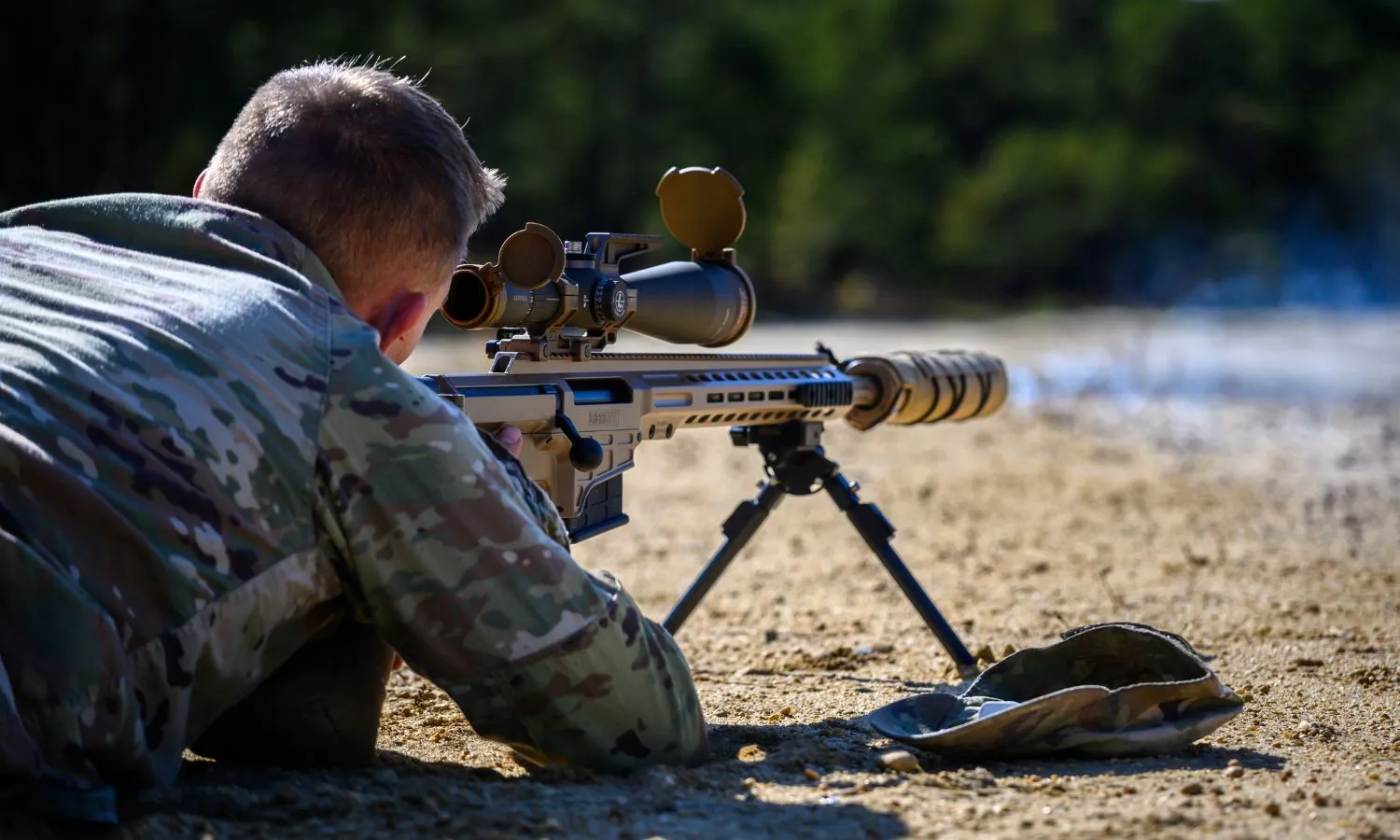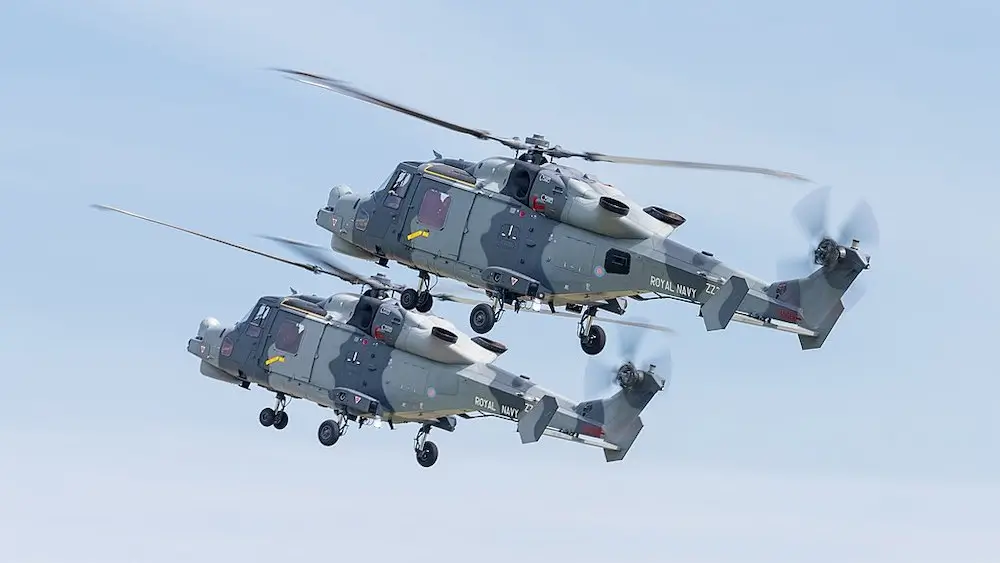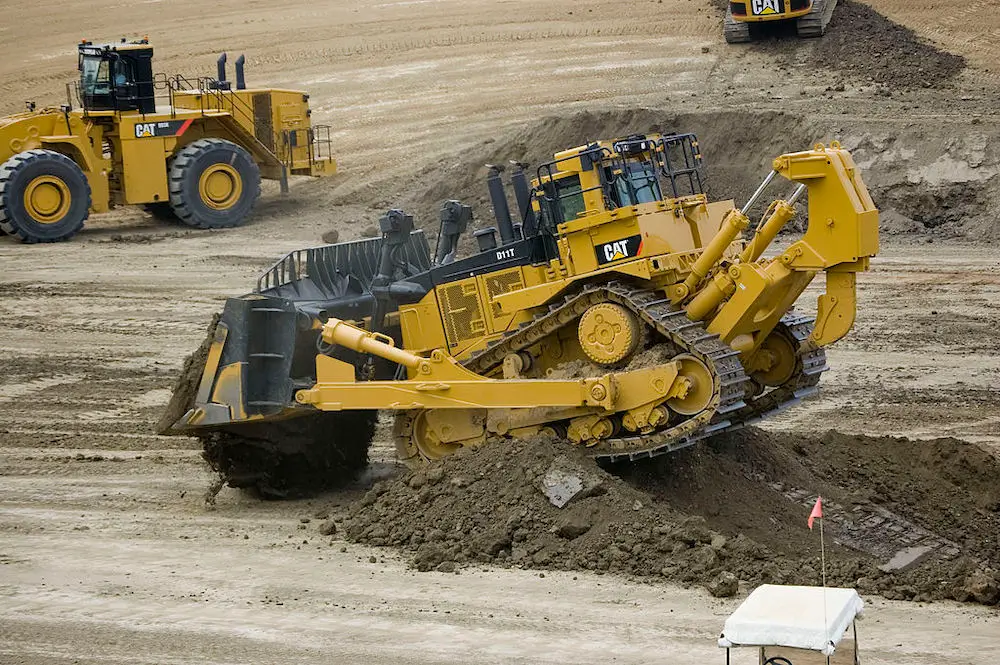In the ever-evolving landscape of warfare, the development and utilization of advanced weapons play a crucial role in shaping the outcome of conflicts. Militaries around the world are constantly seeking innovative technologies to gain a strategic edge on the battlefield. From unmanned aerial vehicles to directed energy weapons, the arsenal of modern warfare is rapidly expanding. In this article, we will explore some of the most significant weapons that are shaping current and future warfare.
Unmanned Aerial Vehicles (UAVs)
Unmanned aerial vehicles, commonly known as drones, have revolutionized military operations in recent years. These aircraft can be remotely controlled or operate autonomously and are used for surveillance, reconnaissance, and targeted strikes. UAVs have the advantage of being able to loiter over a target area for extended periods, providing real-time intelligence to commanders. They have played a significant role in counterterrorism operations and are increasingly being used in conventional warfare.
Directed Energy Weapons (DEWs)
Directed energy weapons represent the next generation of military technology, using highly focused energy to disable or destroy targets. These weapons include lasers, microwave weapons, and particle beams. DEWs offer several advantages over traditional kinetic weapons, such as virtually unlimited ammunition supply, speed-of-light targeting, and reduced collateral damage. While still in the experimental stage, DEWs show great promise in revolutionizing warfare by providing precise and efficient means of engagement.
Electromagnetic Railguns
Electromagnetic railguns utilize electromagnetic fields to launch projectiles at hypersonic speeds. These advanced kinetic weapons have the potential to deliver devastating firepower over long distances with incredible accuracy. Railguns eliminate the need for explosive propellants, making them safer to operate and significantly reducing logistics requirements. While currently in the prototyping phase, railguns could become a game-changer in naval warfare, offering unmatched long-range precision strike capabilities.
Hypersonic Missiles
Hypersonic missiles are a new class of weapons that travel at speeds exceeding Mach 5, making them extremely difficult to intercept and providing minimal response time for adversaries. These high-speed projectiles can strike targets with unprecedented precision and deliver conventional or nuclear warheads. Hypersonic missiles pose a significant challenge to existing missile defense systems and have the potential to reshape the dynamics of strategic deterrence.
Cyber Warfare Tools
Cyber warfare tools encompass a wide range of digital capabilities used to disrupt, degrade, or destroy enemy computer systems and networks. These tools include malware, ransomware, denial-of-service attacks, and cryptographic exploits. Cyber warfare has become an integral component of modern military operations, enabling nations to conduct espionage, sabotage, and information warfare without direct military engagement. As reliance on digital infrastructure continues to grow, cyber weapons have become indispensable in both offensive and defensive military strategies.
Autonomous Weapons Systems
Autonomous weapons systems are AI-powered platforms capable of independently selecting and engaging targets without human intervention. These systems encompass unmanned ground vehicles, unmanned aerial vehicles, and autonomous combat drones. While offering the potential for increased efficiency and reduced human casualties, autonomous weapons raise ethical concerns regarding accountability, potential misuse, and the risk of unintended escalation. Militaries worldwide are exploring the development and deployment of autonomous weapons systems to augment their combat capabilities.
Biological and Chemical Weapons
Biological and chemical weapons remain a persistent threat in modern warfare, capable of causing mass casualties and widespread destruction. Biological weapons use pathogens or toxins to target human, animal, or plant life, while chemical weapons rely on toxic chemicals to incapacitate or kill. The proliferation of these weapons poses a significant risk to global security, necessitating strict arms control measures and international cooperation to prevent their use.
Table: Comparison of Significant Weapons
| Weapon | Key Features |
|---|---|
| UAVs | Remotely controlled, surveillance, targeted strikes |
| DEWs | Directed energy, precise targeting, reduced collateral damage |
| Railguns | Hypersonic projectile launch, long-range precision strike |
| Hypersonic Missiles | Extreme speed, minimal response time, precision strike |
| Cyber Warfare Tools | Digital disruption, information warfare, cyber espionage |
| Autonomous Weapons | AI-powered, independent targeting, ethical concerns |
| Biological & Chemical Weapons | Mass casualties, global security risk, arms control |
As technology continues to advance, the evolution of weapons systems will play a crucial role in shaping the future of warfare. The weapons mentioned in this article represent just a glimpse of the vast array of capabilities that militaries are developing and deploying. From precision-guided munitions to advanced cyber tools, the modern battlefield is constantly evolving, presenting new challenges and opportunities for military strategists around the world.
